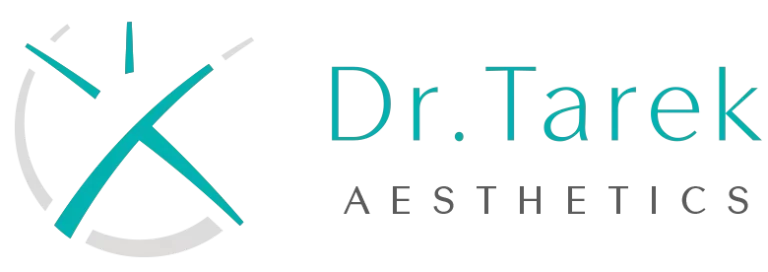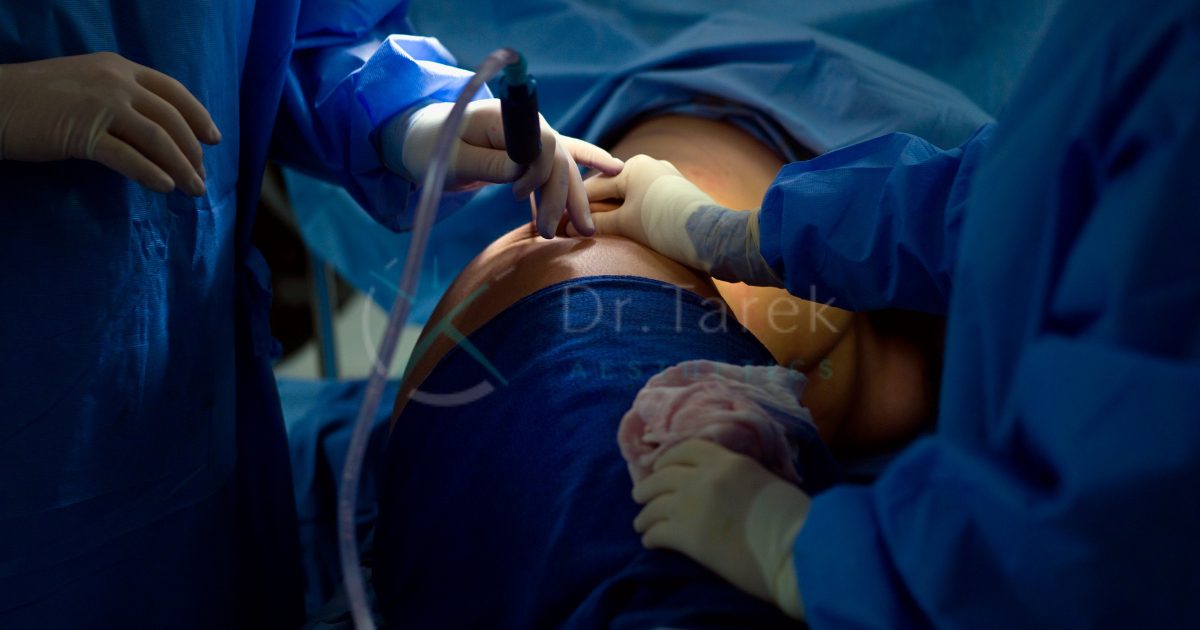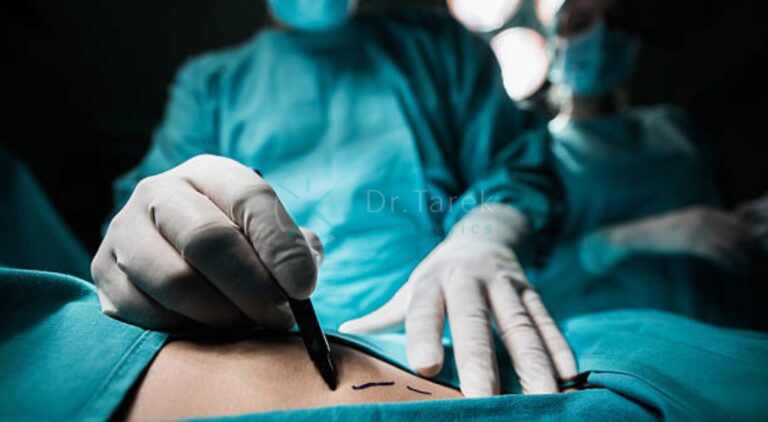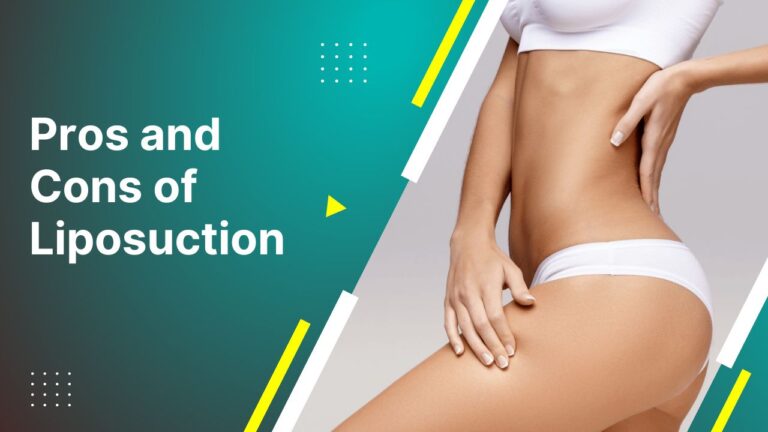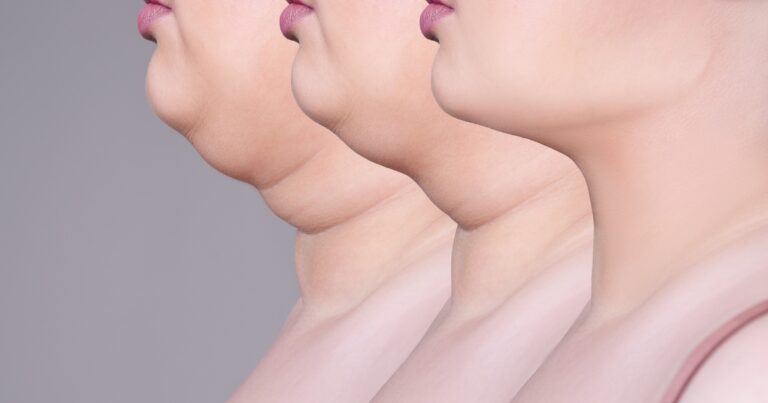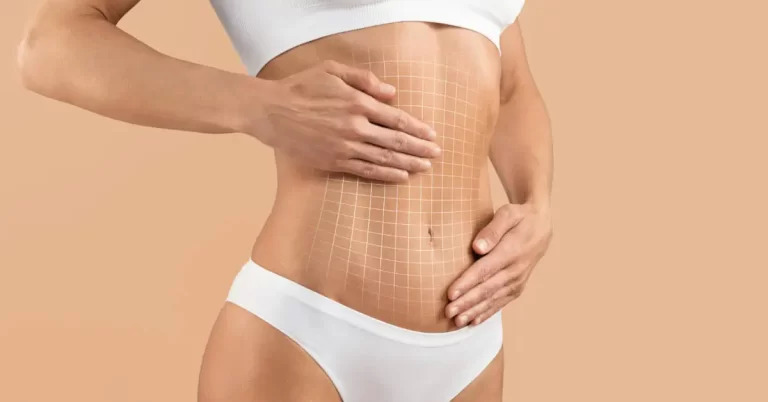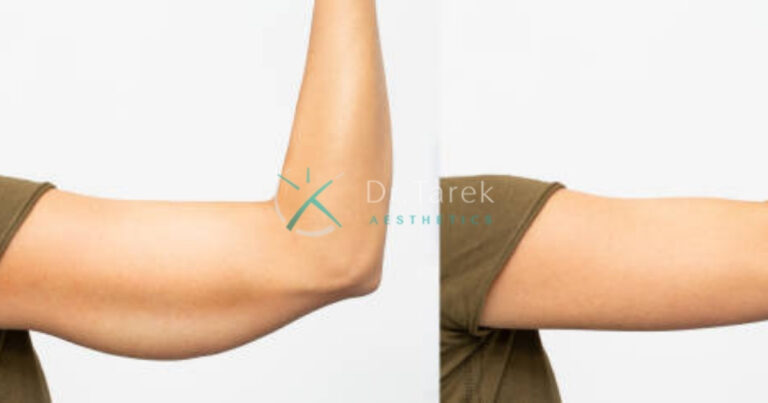Liposuction is a popular cosmetic procedure for removing excess fat from specific body areas. However, the question arises: Can I perform liposuction myself? The short answer is no. Performing liposuction on yourself is not only impractical but also extremely dangerous. This article will delve into the various aspects of why DIY liposuction is not advisable and the importance of seeking professional medical expertise.
Risks and Dangers of DIY Liposuction
Infection Risks
One of the most significant risks of attempting liposuction yourself is the high likelihood of infection. Professional liposuction is performed in a sterile environment to minimize the risk of bacterial contamination. Without proper sterilization, you could introduce harmful bacteria into your body, leading to severe infections.
Precision Body Sculpting helps shape specific areas of your body
it uses special tools to target fat and make you look more toned
- Lack of a sterile environment
- High risk of bacterial contamination
- Potential for severe infections
Uneven Fat Removal and Contour Irregularities
Even if you manage to remove some fat, the chances of achieving an even and aesthetically pleasing result are slim. Professionals use specialized techniques to ensure smooth and even fat removal. DIY attempts can result in lumpy, uneven fat distribution and contour irregularities.
- Difficulty in achieving even fat removal
- High likelihood of lumpy and uneven results
- Potential for long-term aesthetic issues
Can I Perform Liposuction Myself Without Causing Permanent Damage
Performing liposuction yourself can lead to permanent damage, including nerve damage, scarring, and tissue death. The procedure requires precise knowledge and skill to avoid damaging underlying tissues and structures.
Book A Consultation With Dr Tarek Bayazid
Top-rated Plastic Surgeon For Liposuction in Dubai
Installment Plan Available
- Risk of nerve damage
- Potential for permanent scarring
- High likelihood of tissue death
Severe Bleeding and Bruising
Performing liposuction at home can result in severe bleeding and bruising. Without professional training, you are likely to cause significant blood loss and extensive bruising.
- Risk of severe bleeding
- Potential for extensive bruising
- Importance of professional techniques
Nerve Damage and Loss of Sensation
DIY liposuction can cause nerve damage and loss of sensation in the treated areas. Professionals are trained to avoid damaging nerves, but untrained individuals are likely to cause harm.
- Risk of nerve damage
- Potential for loss of sensation
- Importance of professional training
Potentially Life-Threatening Complications
Self-performed liposuction can lead to life-threatening complications, including fat embolism, organ damage, and severe infections. These risks highlight the importance of seeking professional medical care.
- Risk of fat embolism
- Potential for organ damage
- High likelihood of severe infections
Legal Implications of Self-Performed Cosmetic Procedures 
Legal Consequences
Performing medical procedures without a license is illegal in most jurisdictions. Attempting to perform liposuction on yourself could result in legal consequences, including fines and imprisonment.
- Illegal to perform medical procedures without a license
- Potential for legal consequences
- Risk of fines and imprisonment
Importance of Professional Medical Expertise
Professional medical expertise is crucial for the safe and effective performance of liposuction. Trained professionals have the knowledge, skills, and experience to perform the procedure safely and achieve the desired results.
- Importance of medical training and expertise
- Need for professional skills and experience
- Ensuring safe and effective results
Understanding Liposuction and Fat Removal Techniques
Traditional Liposuction Methods
Traditional liposuction involves the use of a cannula and suction device to remove fat from specific areas of the body. This method requires precise technique and skill to avoid complications and achieve smooth results.
- Use of cannula and suction device
- Requires precise technique and skill
- Potential for complications if not performed correctly
Non-Invasive Alternatives to Liposuction
Non-invasive fat removal techniques, such as CoolSculpting and laser lipolysis, offer alternatives to traditional liposuction. These methods do not require surgery and have fewer risks and shorter recovery times.
- CoolSculpting and laser lipolysis
- Non-surgical options
- Fewer risks and shorter recovery times
Can I Perform Liposuction Myself Using At-Home Devices
At-home devices marketed for fat removal are not effective or safe for performing liposuction. These devices lack the precision and power needed to remove fat effectively and can cause more harm than good.
- Ineffectiveness of at-home devices
- Lack of precision and power
- Potential for harm and complications
Why Professional Liposuction is Necessary 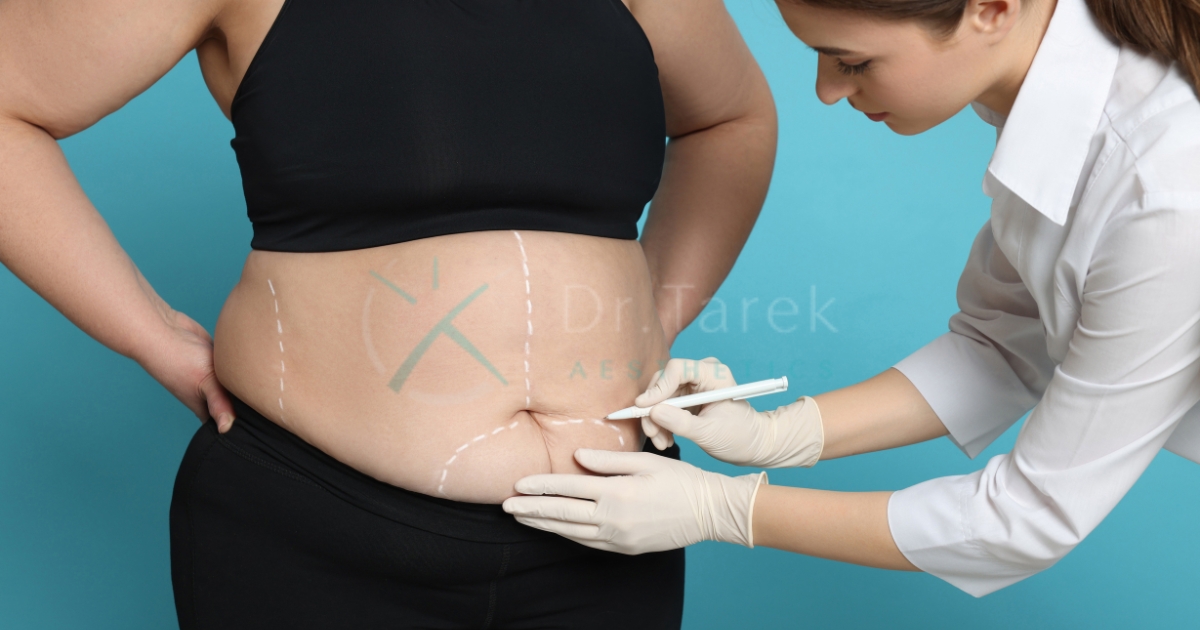
Medical Training and Certification Requirements
Professional liposuction is performed by trained and certified medical professionals. These individuals have undergone extensive training and certification to ensure they can perform the procedure safely and effectively.
- Extensive training and certification
- Ensuring safe and effective procedures
- Importance of professional qualifications
Sterile Environment and Equipment
Professional liposuction is performed in a sterile environment using specialized equipment. This minimizes the risk of infection and ensures the procedure is performed safely.
- Importance of a sterile environment
- Use of specialized equipment
- Minimizing the risk of infection
Anesthesia and Pain Management
Liposuction requires the use of anesthesia to manage pain and ensure patient comfort. Professional medical teams are trained to administer anesthesia safely and monitor patients throughout the procedure.
- Use of anesthesia for pain management
- Ensuring patient comfort
- Safe administration and monitoring
Safe Alternatives to DIY Liposuction
Diet and Exercise for Fat Loss
A healthy diet and regular exercise are the safest and most effective ways to lose fat. These methods promote overall health and well-being without the risks associated with surgical procedures.
- Importance of a healthy diet
- Benefits of regular exercise
- Promoting overall health and well-being
Non-Surgical Body Contouring Options
Non-surgical body contouring options, such as CoolSculpting and radiofrequency treatments, offer safe alternatives to liposuction. These methods can help reduce fat and improve body contours without surgery.
- CoolSculpting and radiofrequency treatments
- Non-surgical alternatives
- Safe and effective fat reduction
Consultation with Dr. Tarek for Personalized Treatment Plans
Consulting with a professional like Dr. Tarek can help you develop a personalized treatment plan tailored to your needs and goals. Professional guidance ensures safe and effective results.
- Importance of professional consultation
- Personalized treatment plans
- Ensuring safe and effective results
How Much Does Professional Liposuction Cost
Factors Affecting Liposuction Pricing
The cost of professional liposuction varies based on several factors, including the surgeon’s experience, the complexity of the procedure, and the geographic location. Understanding these factors can help you budget for the procedure.
- Surgeon’s experience and expertise
- Complexity of the procedure
- Geographic location
Financing Options for Cosmetic Procedures
Many clinics offer financing options to make liposuction more affordable. These options can help you manage the cost of the procedure and make it more accessible.
- Availability of financing options
- Making liposuction more affordable
- Managing the cost of the procedure
Long-Term Value of Professional Treatments
Professional liposuction offers long-term value by providing safe and effective results. Investing in professional treatment ensures you achieve the desired outcome without the risks associated with DIY attempts.
- Long-term value of professional treatments
- Ensuring safe and effective results
- Achieving desired outcomes
Is It Possible to Remove Fat Without Surgery
FDA-Approved Non-Invasive Fat Reduction Treatments
Several FDA-approved non-invasive fat reduction treatments, such as CoolSculpting and SculpSure, offer safe alternatives to surgical liposuction. These treatments are effective in reducing fat without the need for surgery.
- CoolSculpting and SculpSure
- FDA-approved treatments
- Safe alternatives to surgery
Effectiveness of Non-Surgical Alternatives
Non-surgical fat reduction treatments are effective in reducing fat and improving body contours. These methods offer a safe and less invasive option for those looking to reduce fat without surgery.
- Effectiveness of non-surgical treatments
- Improving body contours
- Safe and less invasive options
Combining Non-Invasive Treatments with Lifestyle Changes
Combining non-invasive fat reduction treatments with healthy lifestyle changes can enhance results. A balanced diet and regular exercise can help maintain the results of non-surgical treatments.
- Importance of healthy lifestyle changes
- Enhancing results with diet and exercise
- Maintaining results of non-surgical treatments
FAQs
Can I perform liposuction myself?
No, performing liposuction yourself is extremely dangerous and not advisable. It requires professional medical expertise and a sterile environment to ensure safety and effectiveness.
What are the risks of DIY liposuction?
DIY liposuction carries significant risks, including severe bleeding, infection, nerve damage, and potentially life-threatening complications. It is essential to seek professional medical care for such procedures.
Are there safe alternatives to liposuction?
Yes, there are safe alternatives to liposuction, including non-invasive fat reduction treatments like CoolSculpting and SculpSure. A healthy diet and regular exercise are also effective ways to reduce fat.
How much does professional liposuction cost?
The cost of professional liposuction varies based on factors such as the surgeon’s experience, the complexity of the procedure, and the geographic location. Financing options are often available to make the procedure more affordable.
How long does it take to recover from liposuction?
The recovery timeline for liposuction varies, but most patients can return to normal activities within a few weeks. Following post-operative care instructions is crucial for a smooth recovery.
